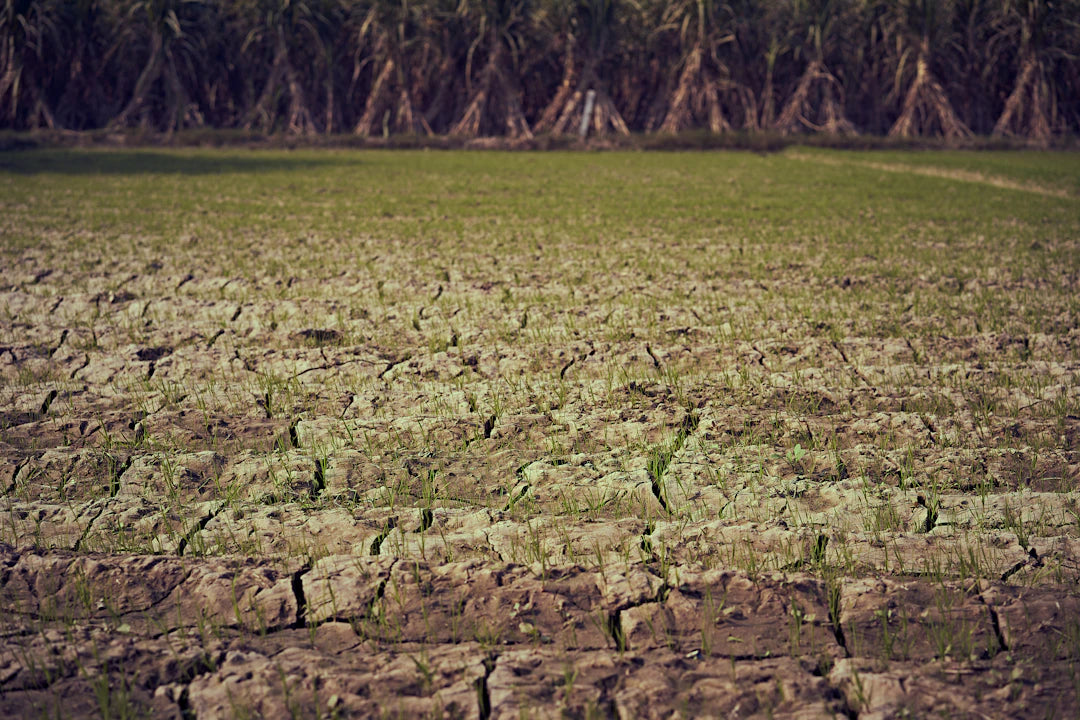
The Hidden Costs: Environmental Impact of Sugar Production
Share
Frequently Asked Questions
1. What is the environmental impact of sugar production?
2. How does sugarcane cultivation affect freshwater resources?
3. What role do pesticides and fertilizers play in sugar farming?
4. What are some sustainable alternatives to traditional sugar production?
5. How can consumers make more sustainable choices regarding sugar?
In a world increasingly aware of sustainability, it’s crucial to understand the environmental impact of everyday ingredients. Sugar, a common staple in our diets, is often overlooked in discussions about environmental sustainability. This article dives deep into the ramifications of sugar production, examining how it affects our ecosystems, from the greenhouse gases emitted during its cultivation to the biodiversity loss stemming from intensive agricultural practices.
The Basics of Sugar Production
Sugar production primarily involves two sources: sugarcane and sugar beet. While both yield similar end products, their environmental impact can vary significantly. Sugarcane is predominantly grown in tropical regions, while sugar beet thrives in temperate climates. Regardless of the source, the cultivation of sugar is a resource-intensive process dependent on water, land, and energy. Understanding these processes helps to elucidate the broader implications of sugar consumption on our environment.
Water Consumption and Pollution
The Thirst of Sugarcane
Sugarcane is notably thirsty, requiring vast amounts of water for optimal growth. In countries such as Brazil, where sugarcane is extensively cultivated, this large water demand can lead to significant depletion of local freshwater resources. Farmers often use irrigation systems that extract from nearby rivers and aquifers, leading to adverse effects on local ecosystems.
Pesticides and Fertilizers
The intensive farming of sugar requires the use of chemical fertilizers and pesticides to maximize yield. The runoff from these chemicals can contaminate local waterways, leading to water pollution. Eutrophication, the process whereby water bodies become overly enriched with nutrients, can lead to massive algae blooms. This results in dead zones where aquatic life cannot survive, disrupting entire ecosystems and negatively impacting local fishing industries.
Deforestation and Land Use Change
To satisfy the ever-growing demand for sugar, vast tracts of land are cleared for sugarcane plantations. This deforestation poses a real threat to biodiversity. The conversion of forests into agricultural land destroys habitats for numerous species, leading to a decline in wildlife populations. In regions like Southeast Asia, sugarcane plantations are established by clearing vital rainforest areas, exacerbating climate change and species extinction.
Soil Degradation
Intensive agricultural practices, including sugar production, lead to soil degradation over time. Continuous mono-cropping not only depletes soil nutrients but also increases vulnerability to erosion and degradation. The reliance on chemical fertilizers further accelerates this process, making it challenging for farmers to maintain healthy soil that can support sustainable farming practices in the long run.
Climate Change and Greenhouse Gas Emissions
The sugar industry significantly contributes to greenhouse gas emissions, primarily through land-use changes and nitrous oxide emissions from fertilizers. When forests are cleared for cultivation, the carbon stored in trees is released into the atmosphere, worsening climate change. Furthermore, the energy-intensive processes involved in sugar extraction, refining, and transportation add further emissions to an already burdened environment.
Transportation and Additional Emissions
Once harvested, sugar undergoes processing and refining, which are energy-intensive processes. Additionally, the transportation of sugar products from farms to processing facilities and eventually to consumers involves fossil fuels that release carbon emissions. This chain reaction compounds the overall carbon footprint associated with sugar production.
Sustainable Alternatives and Solutions
Recognizing the environmental dangers associated with traditional sugar production, stakeholders are exploring more sustainable options. Here are some promising avenues for reducing the environmental impact of sugar:
- Agroecological Practices: Integrating agroecological principles can enhance biodiversity, improve soil health, and reduce reliance on chemical inputs. By promoting crop rotation and intercropping, farmers can create a balance that minimizes environmental harm.
- Organic Farming: Organic sugar production eliminates synthetic pesticides and fertilizers, reducing chemical runoff and promoting herbicide resistance within the ecosystem.
- Sustainable Water Management: Implementing better irrigation practices, such as drip irrigation, can significantly reduce water consumption in sugar cultivation.
- Certifications: Opting for certified sugar products ensures that the production processes adhere to sustainability standards, promoting better agricultural practices.
Consumer Awareness and Responsibility
As consumers, we play a crucial role in shaping demand and influencing agricultural practices. Understanding the environmental impact of our food choices empowers us to make informed decisions. Here are some steps we can take:
- Choose Sustainably Sourced Sugar: Look for sugar labeled as organic or Fair Trade, indicating more sustainable farming practices.
- Minimize Sugar Consumption: As we become more aware of the environmental costs of sugar production, reducing our overall sugar intake not only benefits our health but also lessens the demand for environmentally harmful practices.
- Support Local Producers: Buying from local farmers can reduce transportation emissions and promote sustainable farming practices within your community.
Conclusion: Shaping a Sustainable Future One Sweet Step at a Time
Understanding the environmental impact of sugar production is a vital step toward a more sustainable society. By exploring innovative practices in agriculture and embracing our choices as consumers, we can help mitigate the damage done to our planet. With growing awareness and conscious steps, every individual has the potential to make a difference. Together, let’s reimagine sugar production and embrace sustainability for generations to come.



